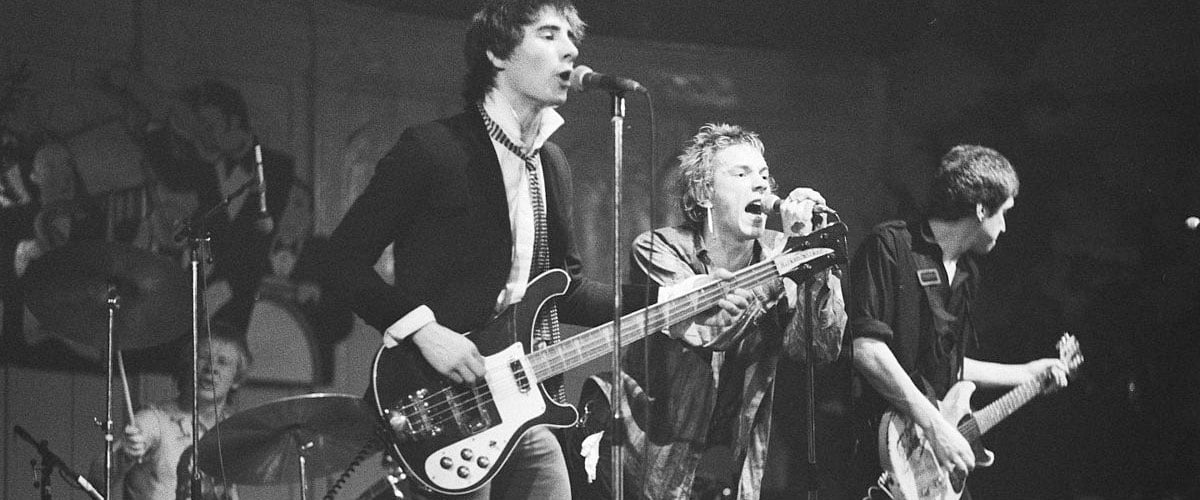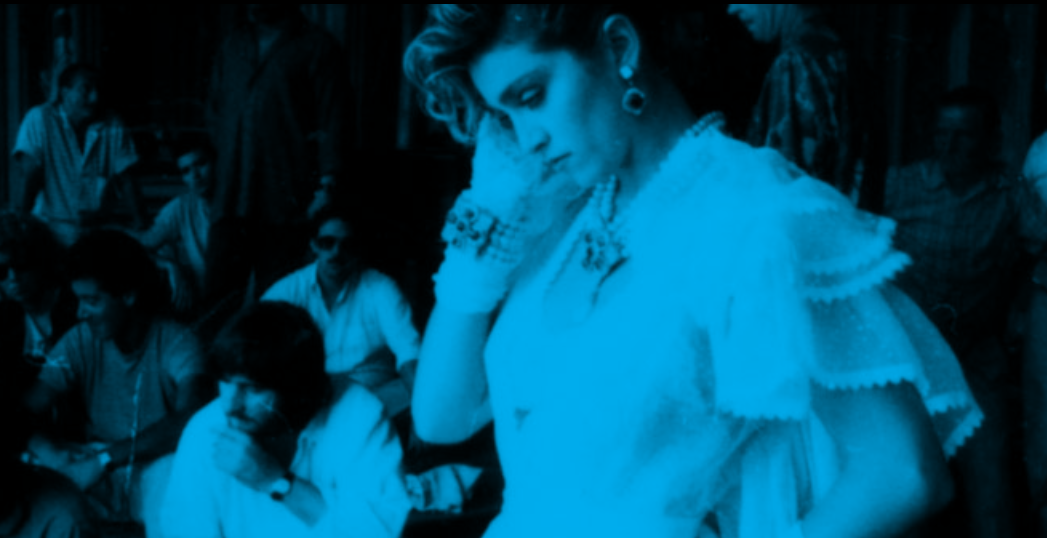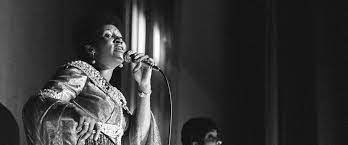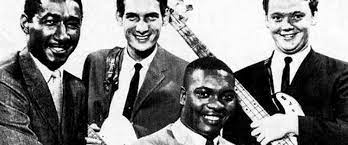About This Lesson
By the mid-1970s, the live performances of many successful Rock and Roll bands had moved to larger and larger venues. “Stadium Rock” invited tens of thousands of fans to sit and watch bands perform, often from a great distance, and often accompanied by elaborate staging, massive banks of equipment, sometimes extravagant costumes, and virtuosic solos. Bands such as Led Zeppelin, Journey, Queen, Yes, and Emerson, Lake & Palmer led the field, commanding increasingly hefty ticket prices along the way.
The reaction against this trend began in Britain with the Pub Rock movement, which summoned a return to the raw sound of Rock and Roll and a move away from a growing commercialism. Musicians such as Graham Parker, Elvis Costello, Nick Lowe, and Joe Strummer (later of the Clash) played in bands that appeared in small pubs where they could easily interact with their audiences — much as the Beatles had done in their early days in Liverpool and Hamburg. The Pub Rock movement helped pave the way for the emergence of Punk, which put audience participation back at the center of the whole enterprise.
Like Pub Rock, Punk provided an aggressive retort to Stadium Rock and the commercial elements of 1970s Rock and Roll. Bands such as the Sex Pistols and the Clash performed at small, dingy clubs in which the divide between artist and spectator all but disappeared. Audience members often dressed as “punks” and were indistinguishable from the performers themselves. They were no longer spectators worshipping their idols from afar, but active participants whose collaboration was essential to the whole project. So-called “slam-dancing” even found the boundary between stage and dance floor shattered as fans moved amongst the bands.
At the same time, Punk was rooted in the bleak economic and social mood of Britain in the mid-1970s. Unemployment was high, particularly for young people, and a seemingly endless series of strikes led to a “winter of discontent” in 1978. Anger at government policies boiled over into the streets.
The message of Punk was thus anti-mainstream, anti-establishment, anti-commercial, and very angry. As did early Hip Hop in the United States, Punk Rock embodied a “Do-It-Yourself” or “DIY” attitude. Many bands were self-produced and self-recorded. The message was simple: anyone could go out and form a band and make music. Punk put Rock and Roll back in the hands of a young, working-class population, and it did this at a moment when they had something to say.
In this lesson, students will compare and contrast some of the musical and visual elements of Stadium Rock with those of Punk Rock. They will investigate how Punk grew out of the particular musical and social context of Britain in the 1970s. They will then put their knowledge to work in small groups by creating album covers for a fictitious 1970s Punk Rock band.













